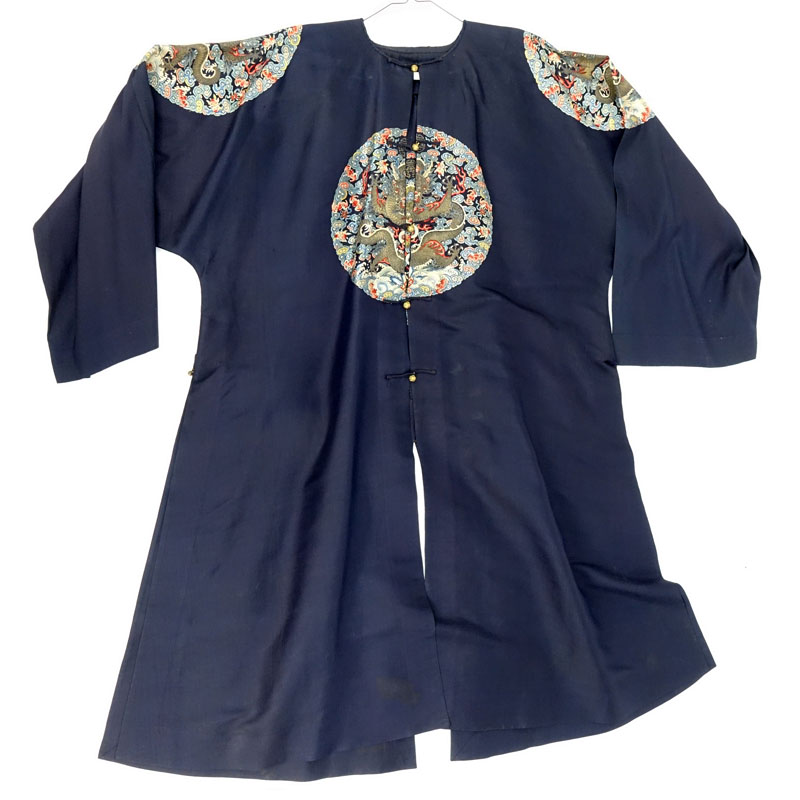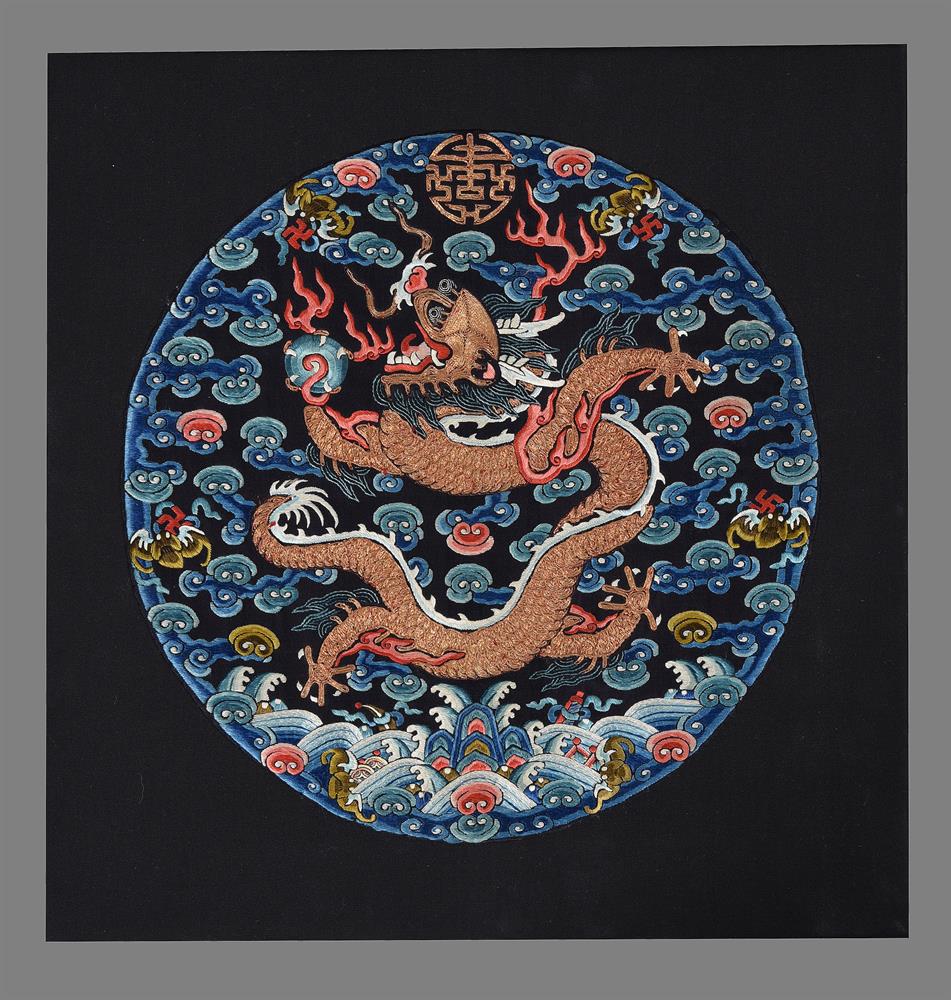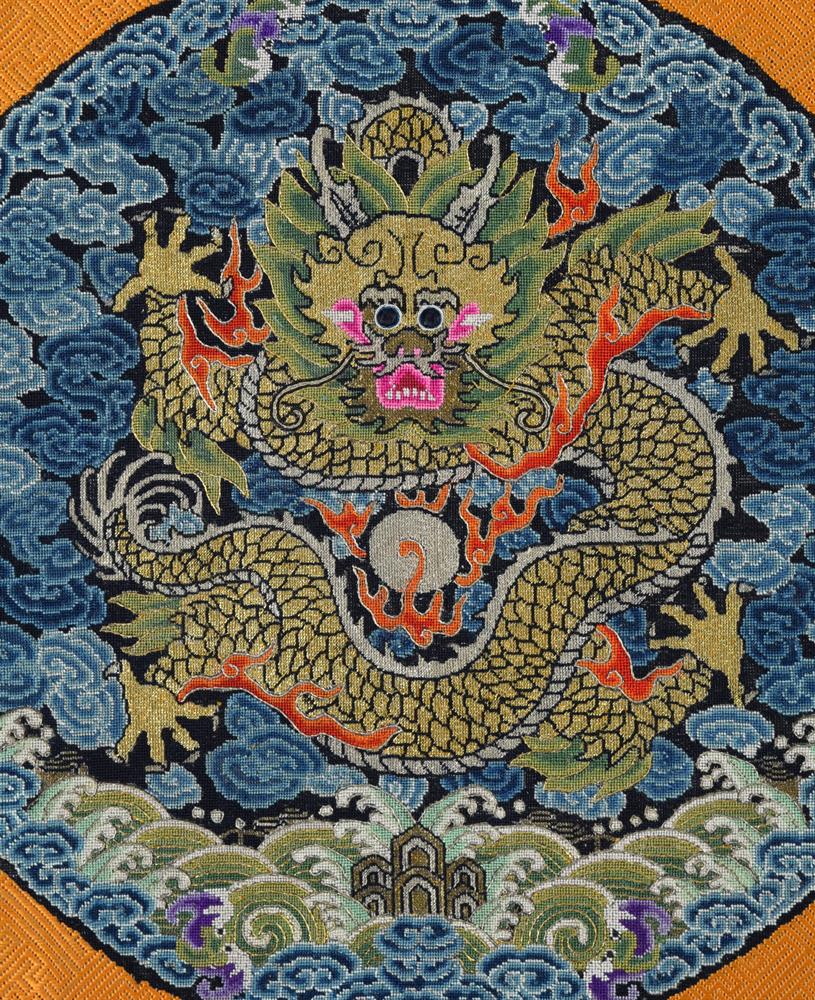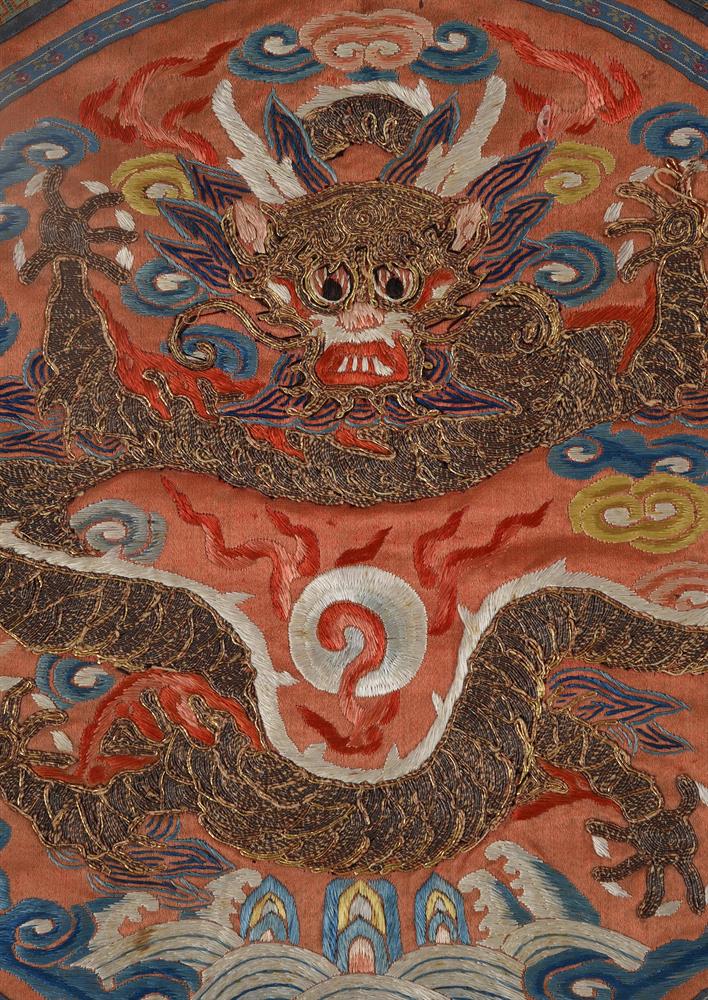A GOOD CHINESE IMPERIAL ARCHAISTIC SPINACH-GREEN JADE INCENSE BURNER AND COVER
18TH CENTURY
Carved in low relief to the exterior with archaistic masks, the stylised design divided by notched high-relief flanges with incised decoration, the squat body flanked by two handles worked as two-horned dragons suspending loose rings, the domed cover surmounted by a flared circular knop surrounded by three recumbent goats, the animals well-depicted with incised details to their spines and beards, all raised on three short feet shaped as animal paws issuing from the mouths of mythical beasts, taotie, the mottled spinach-green stone with a lustrous polish, 24.8cm across. (2)
Provenance: formerly the collection of Sir John Buchanan-Jardine Bt; and then the Lawrence Collection of jades and hardstone carvings, purchased from Spink & Son prior to 1959.
Sir John William Buchanan-Jardine, 3rd Baronet (1900-69) was Chairman of Jardine, Matheson & Co. Eighty-one Chinese works of art from his collection were exhibited at the Royal Academy Exhibition of 1935-36. Sotheby's held sales of his superb collection in the late 1940s.
This incense burner was inspired by the prototype of the archaic bronze gui vessels of the Shang and Zhou periods. The bronze gui was a food container used for ancestral worship. It first appeared in ceramic form in the Neolithic period, and came to have an important role in traditional rituals. In the Ming and Qing periods, the archaic forms of early bronze ritual vessels were recreated in various materials, such as ceramic, lacquer and jade. The present jade censer is smaller in size than the original archaic bronze vessels. It was also used in a very different context, as an incense burner rather than a food container. The taotie refers to a two-eyed mask that appears on almost every Shang ritual bronze. The ancient belief was that the taotie mask represented a wanton spirit. However, modern scholars are divided in their opinions of what the motif really meant, or whether it had any meaning. To employ such a motif from antiquity indicated the revival fashions of the later periods.
A GOOD CHINESE IMPERIAL ARCHAISTIC SPINACH-GREEN JADE INCENSE BURNER AND COVER
18TH CENTURY
Carved in low relief to the exterior with archaistic masks, the stylised design divided by notched high-relief flanges with incised decoration, the squat body flanked by two handles worked as two-horned dragons suspending loose rings, the domed cover surmounted by a flared circular knop surrounded by three recumbent goats, the animals well-depicted with incised details to their spines and beards, all raised on three short feet shaped as animal paws issuing from the mouths of mythical beasts, taotie, the mottled spinach-green stone with a lustrous polish, 24.8cm across. (2)
Provenance: formerly the collection of Sir John Buchanan-Jardine Bt; and then the Lawrence Collection of jades and hardstone carvings, purchased from Spink & Son prior to 1959.
Sir John William Buchanan-Jardine, 3rd Baronet (1900-69) was Chairman of Jardine, Matheson & Co. Eighty-one Chinese works of art from his collection were exhibited at the Royal Academy Exhibition of 1935-36. Sotheby's held sales of his superb collection in the late 1940s.
This incense burner was inspired by the prototype of the archaic bronze gui vessels of the Shang and Zhou periods. The bronze gui was a food container used for ancestral worship. It first appeared in ceramic form in the Neolithic period, and came to have an important role in traditional rituals. In the Ming and Qing periods, the archaic forms of early bronze ritual vessels were recreated in various materials, such as ceramic, lacquer and jade. The present jade censer is smaller in size than the original archaic bronze vessels. It was also used in a very different context, as an incense burner rather than a food container. The taotie refers to a two-eyed mask that appears on almost every Shang ritual bronze. The ancient belief was that the taotie mask represented a wanton spirit. However, modern scholars are divided in their opinions of what the motif really meant, or whether it had any meaning. To employ such a motif from antiquity indicated the revival fashions of the later periods.















Try LotSearch and its premium features for 7 days - without any costs!
Be notified automatically about new items in upcoming auctions.
Create an alert